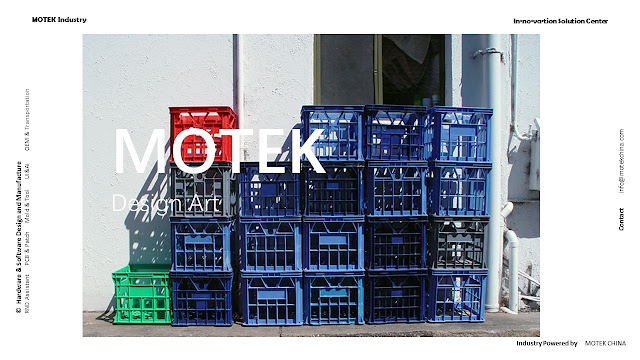Next-Generation Crate Moulding: Innovative Techniques for Enhanced Efficiency and Quality
Crate moulding has been an essential manufacturing process in the logistics industry for many years. However, with the continuous evolution of technology, innovative techniques have emerged that have transformed the way crate moulds are made. In this article, we will discuss the next-generation crate moulding techniques that are revolutionizing the industry by enhancing efficiency and quality.
Advanced Design and Simulation Techniques
The latest crate moulding techniques involve the use of advanced design and simulation software, which allows for the creation of highly accurate 3D models of the mould. This software enables designers to optimize the mould's design, identify potential issues and simulate the manufacturing process to ensure the highest level of accuracy and efficiency.
Advanced Tooling Techniques
The next-generation crate moulding techniques also involve advanced tooling techniques that allow for the creation of highly complex and intricate moulds. These techniques involve the use of multi-cavity tools, which enable the simultaneous production of multiple crate moulds in a single manufacturing cycle. This approach significantly reduces production time and increases efficiency while ensuring the highest level of quality.
Innovative Moulding Materials
New materials are continuously being developed that have enhanced properties, such as increased durability and resistance to wear and tear. For example, the use of lightweight materials such as aluminum and high-strength steels have proven to be highly effective in the manufacturing of crate moulds. These materials have excellent thermal conductivity, which ensures a consistent temperature throughout the mould, resulting in improved product quality and reduced cycle times.
Automation and Robotics
The integration of automation and robotics technology into the crate moulding process has revolutionized the industry by increasing productivity and efficiency. These technologies enable the seamless integration of the various stages of the manufacturing process, from design and simulation to tooling and moulding, reducing production time and costs while ensuring the highest level of quality.
Conclusion
Next-generation crate moulding techniques are rapidly transforming the logistics industry by enhancing efficiency and quality. Advanced design and simulation techniques, innovative tooling, new materials, and automation and robotics technology are just some of the approaches being used to create high-quality, durable, and efficient crate moulds. By adopting these next-generation techniques, businesses can optimize their operations, increase productivity, reduce costs and improve their bottom line.


